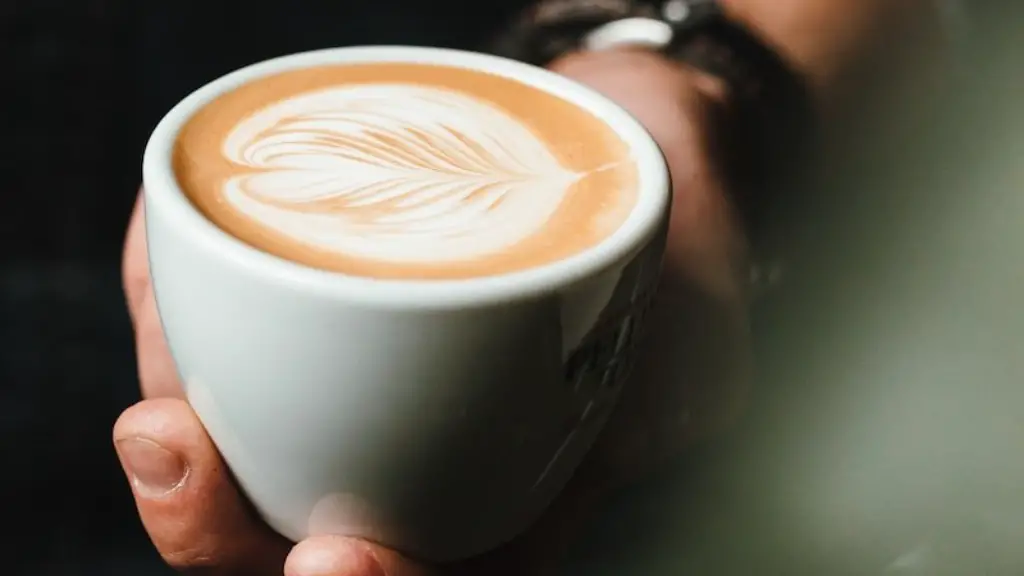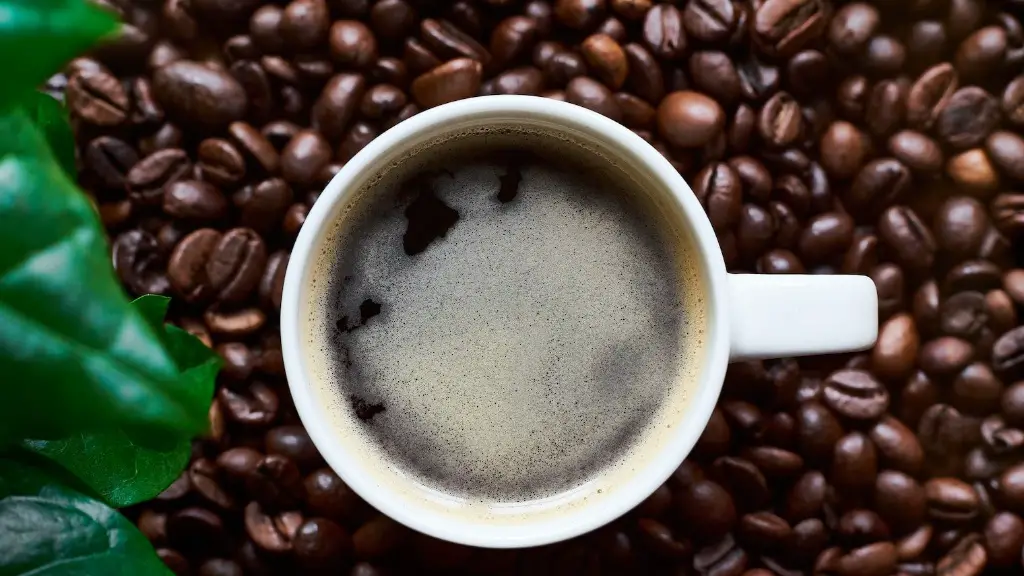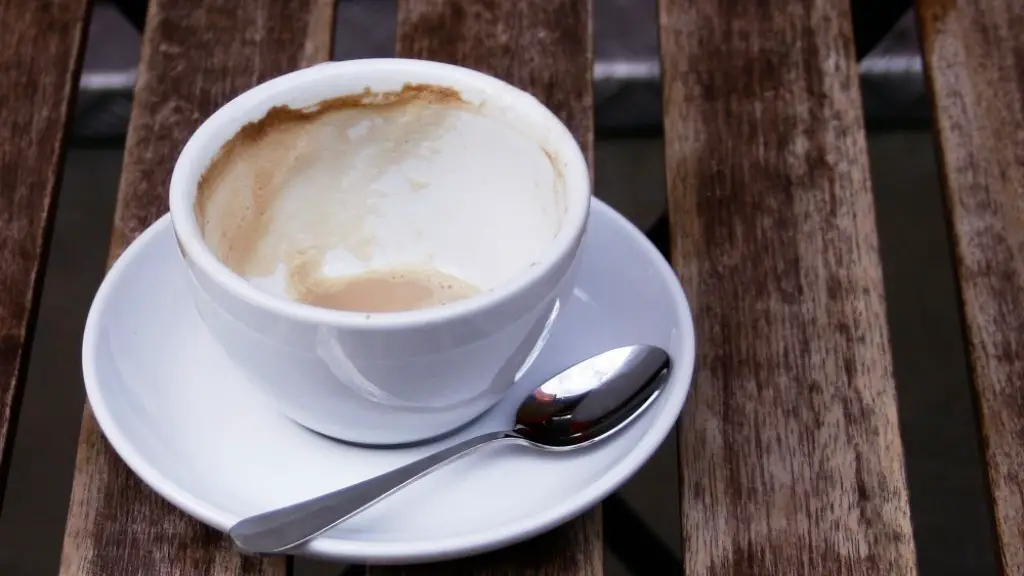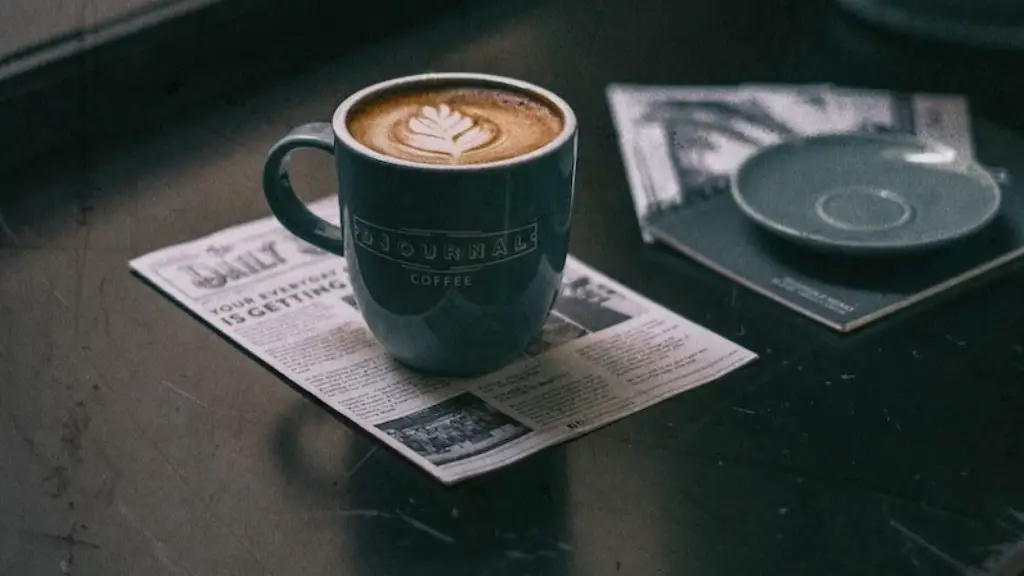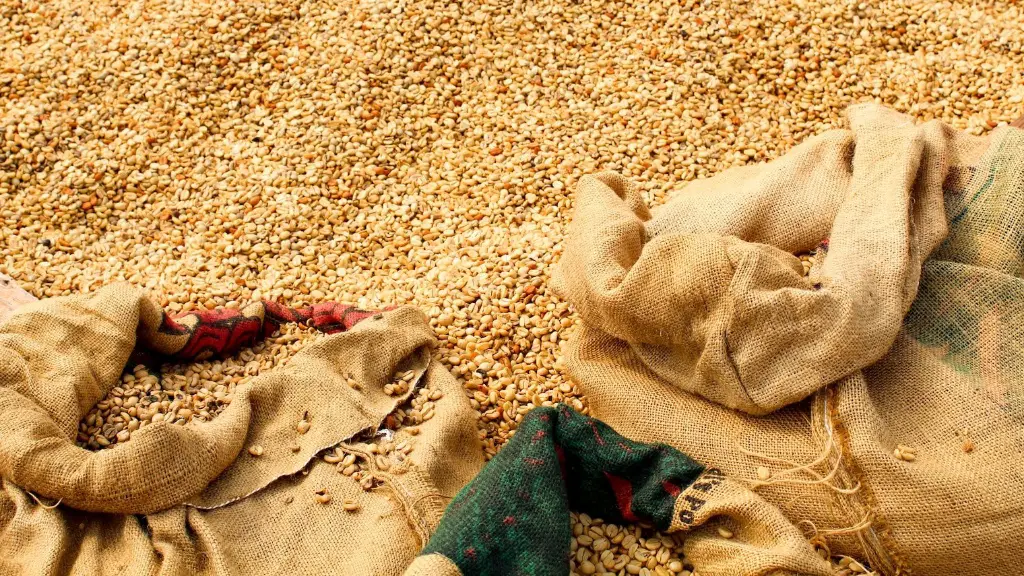Starbucks coffee beans are among the best you can get, thanks to the high quality of both their roasting and brewing processes. But how long do these tasty beans last once they’ve been opened? With the right precautions and storage methods, you can make sure that your next cup of joe tastes as great as the one you just had, no matter how long it’s been since it left the store.
The length of time your Starbucks coffee beans can survive past their packaging date varies depending on your storage conditions. Generally speaking, whole coffee beans can last up to two weeks if left unopened. After that, the flavor starts to decrease, and it’s best to throw them away. As for ground beans, their shelf life is even shorter—about two days, according to Barista.net.
This is true of the beans from any store, not just Starbucks. The oxygen levels, temperature, and humidity all play a role in determining how long a bag of coffee lasts. Therefore, the key to extending the life of your beans is to store them in a cool, dark, and dry place. It is also important to keep the beans away from any moisture or moisture-producing products, such as a wet kitchen cloth.
The best way to keep your beans as fresh as possible is to invest in an airtight container and keep the container in a cupboard or pantry. This will help trap the aroma in and prevent the beans from picking up other smells. You can also use a zip-sealed bag, and ensure that it is completely sealed before putting it away.
If you want to maximize the taste of your coffee, be sure to grind your beans only when you’re ready to use them. That way, you can enjoy the freshest cup possible each time. Some brewing methods, such as pour-over and French press coffee, require a coarser grind to unlock all the coffee’s flavors and aromas. All in all, if you’re a coffee connoisseur, you should consider investing in a quality burr grinder for the best results.
Many coffee shops and roasteries offer beans that have already been roasted, so you don’t have to worry about the shelf life so much. However, it’s still best to store your beans in an airtight container or zip-sealed bag, away from moisture, light, and heat, to preserve the flavor and aromas. You can also try freezing your beans if you’re looking to store them for a longer period of time.
Although it might be tempting to buy a large quantity of Starbucks coffee beans to save money, it’s important to know that some of the flavor and aroma will be lost with time. It’s better to buy only enough for the amount of coffee you need, and store it in the proper conditions to get the best cup of coffee from your favorite beans.
Roasting Process
Starbucks uses a special roasting process that helps to unlock the flavors of the coffee beans and create a fuller taste experience. Each bean is individually roasted to the perfect dark color with a balanced aroma. This ensures that the beans are consistently roasted and have a rich, aromatic flavor.
The entire process is carefully monitored and documented, from the moment the beans arrive at the roastery, to the finishing touches of the roasting cycle. Each bean is logged into the system, and its unique roasting profile is tracked from the beginning of the process to the end. This helps ensure that each bag of coffee beans is roasted to perfection.
The roasting process brings out the oils and flavors present in the beans, which is why it’s so important to get the perfect color during the roast. The longer the roast, the fuller the flavor and the less acidic the cup of coffee will be. The dark roast is the most popular of all the Starbucks roasts, and can be recognized by its deep brown color, intense flavor, and heavy body.
Another popular roast is the medium roast, which has a lighter body and milder flavor than the dark roast. This roast is popular for its nutty and smoky flavors, and it is often used as the base for many specialty drinks. The light roast is the least popular of the Starbucks roasts, but it is still enjoyed by many due to its subtle flavor and smooth body.
Brewing Process
Once the beans are roasted, they’re then processed, packaged and shipped off to the stores. But before the coffee is ready to drink, it has to go through the brewing process, which helps to extract the flavors and aromas present in the beans and creates a more full-bodied cup of coffee.
Starbucks uses two brewing methods for its coffee. The first is the immersion process, in which the grounds are left to steep in hot water for several minutes before being filtered out. The second method is the pressurized extraction process, in which high-pressure water is used to extract the flavor from the grounds. Both methods help to bring out the best in the beans and create a cup of coffee that is full of flavor and aroma.
However, the brewing process is just one part of the equation. Starbucks also takes care to source and roast its own beans, providing an even more rich taste experience to its customers. These beans are carefully selected, roasted and brewed to bring out the best they have to offer.
By following both the roasting and brewing processes, Starbucks is able to consistently provide a cup of coffee that is flavorful, aromatic and full of body. It is this attention to detail that sets Starbucks apart from other coffee brands and why it is such a popular choice among coffee drinkers.
Storage Method
The best way to store your Starbucks coffee beans is in an airtight container in a cool and dry place. This will help keep out moisture and help to preserve the flavor of the beans. It’s also important to ensure that the beans are away from any light, as this can cause them to “stale” and lose flavor.
If you’re looking to store beans for a longer period of time, you can also freeze them. This is the best way to preserve the aroma and flavor of the beans, as the cold temperatures help to keep the oils present in the beans intact. However, it’s important to be sure to thaw the beans slowly and not leave them out in room temperature or they could become mushy.
The most important thing to keep in mind when storing Starbucks coffee beans is to keep them away from moisture and moisture-producing products, light and heat. These are the conditions that can cause the beans to go stale and lose their flavor over time.
Grinding Method
For optimal flavor, it’s important to grind your coffee beans just before you’re ready to brew them. This helps to unlock the flavor of the beans, as the grinding process helps to break down the bean structure, exposing more of its oils and aromas.
You’ll want to use a quality burr grinder for the best results, as it provides a uniform grind, which helps to ensure that the coffee is consistently brewed. This is particularly important for drip pot, French press and pour over coffee, as these brewing methods require a coarser grind.
It’s also important to use the right grind size for your brewing method—too fine of a grind will result in an overly bitter coffee, while too coarse of a grind won’t extract the full flavor from the coffee beans.
You can always experiment with different grind sizes until you find the one that works best for you. Once you’ve found your perfect grind size, you can be sure of a great cup of coffee every time.
Bottom Line
Starbucks coffee beans are some of the best you can get, thanks to the quality of their roasting and brewing processes. However, the shelf life of these beans is relatively short, and they should be stored properly to maintain the flavor and aroma. The best way to keep the flavor of your beans as fresh as possible is to invest in an airtight container and store it in a cool, dark and dry place.
It’s best to grind your beans only when you’re ready to use them for the best taste. And for the most flavorful cup, make sure to use a quality burr grinder, and the right grind size for your brewing method. With the proper storage, grinding and brewing methods, you can ensure that every cup of Starbucks coffee you make tastes just as great, no matter how long you’ve had the beans.
